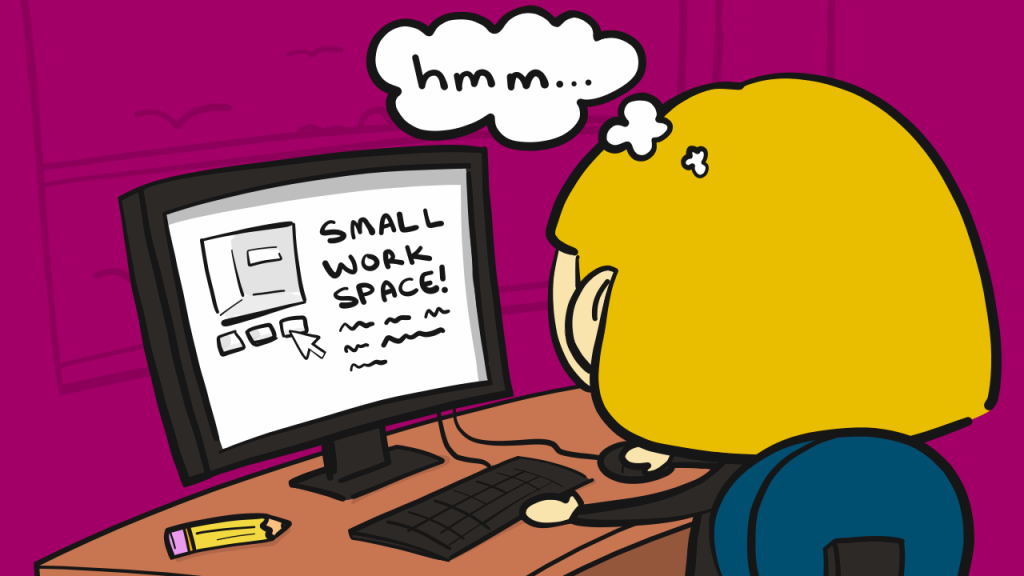The regular old 9 to 5 may seem like a theme from the past. More and more businesses opt for shorter work weeks, give remote access to their employees, or simply do not require as many bodies in the office. Self-employed people also want a chance to get out of their home to do some work. Large office spaces with high rent prices may no longer be necessary. Smaller work spaces are trending with places such as WeWork popping up all over large cities.
Can your office or business benefit from downsizing your workspace? Here are a few things to consider:
-
Do you need all the office space you currently have?
Where can you make some compromises? Take a look at your workspace and determine if you’re using every bit of space or if it’s necessary – how many employees you have and how much space each is using, and how much stuff your office has and how much space it’s taking up. Do you have two file rooms that can be combined? Could two employees share one office? This will also give you the opportunity to rid your office of unwanted items or make changes to keep up with modern trends – e.g. faxes can now be sent just like an email. Get rid of that clunky fax machine!
-
Will downsizing your workspace save money?
Will a move to a smaller space mean you’re saving on rent? Or will you be increasing costs in other areas? Determine what your ultimate goal is and whether downsizing is smart, financially. After you’ve evaluated your space outlined in #1 above, you will have a better idea what you actually need to operate your business.
If you’re not using, for example, 200 square feet of your workspace, look for a smaller space that ideally is cheaper in rent per month. Even a $200 a month reduction in rent saves your business $2,400 a year. A smaller space could also result in a lower electricity bill, saving your company more money. You may also be able to lease office space that you aren’t using.
Weigh any savings with the cost of moving to a smaller workspace. While $5,000 in moving costs may seem costly up front, your company will recoup that in just over 2 years. But will you now require outsourcing some of your work because your office space cannot accommodate it resulting in extra expenses?
Don’t just consider rent when deciding to downsize. Consider all possible financial impacts of this type of change. For example, will a downsize prevent company growth keeping your business from reaching its maximum potential? Saving a few bucks now may result in long term harm. See below for additional considerations about your business’ growth.
-
Will downsizing affect your future plans for growth?
The ultimate goal as a business owner is succeeding. Whether you’re self-employed with one employee (yourself), or a large corporation with many employees, everyone wants their business to thrive. You want to consider both short term and long term goals when thinking about downsizing. Consider why your business might need to reevaluate its workspace two to three years from now. You do not want to have to change your workspace often just because your company is growing, so maybe downsizing isn’t the best for you and your business. Consider the following:
-
Is downsizing practical?
Does downsizing mean you’re having to cut important employees or making it inconvenient for your customers? Contemplate the pros and cons before making the decision. If moving into a new, smaller workspace means you lose a percentage of your customers, downsizing is not practical for your business. Some businesses just need more space. For example, your business may have a lot of customers that physically visit your office space. Your business may need more room to accommodate this. You may find that you don’t need to physically downsize your workspace versus downsizing what you need to get your job done. Maybe your office can function with just one copier/printer instead of three. Small changes such as this can make a big difference.
-
Are you limiting your business growth by downsizing your workspace?
Downsizing does not mean you have to keep your business from growing. Moving into a smaller workspace could mean you get your work done in a more efficient and cost effective manner. Your business may benefit from having your employees in a closer workspace, increasing productivity and reducing non-work related interference. Employees are more likely to stick to business when their colleagues are sitting near them. And as your business continues to grow, you can evaluate your needs as they come up.
Also, consider coworking spaces where you can make the most of your downsize. Reduce your office space and save some money while exposing your business to new possibilities of growth by networking with other businesses in the same coworking space.
The idea is starting with what you need, and nothing more. If you have extra, unnecessary space, you will find yourself using it just because it’s there. If you can, cut that space out so it’s not there. Your business needs evolve, and changes are necessary. But if you keep an efficient and productive workspace, adjustments can be made much easier.



